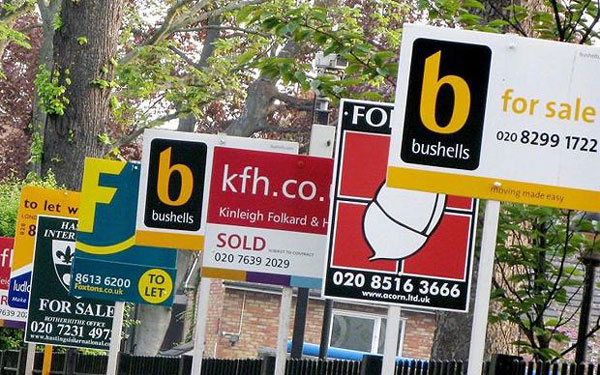First-time Buyer
House price growth remains stable in August

House price growth remained stable in August despite signs that demand for property had cooled after the launch of a second home tax and buyer uncertainty after the Brexit vote.
Homeowners saw property prices grow by 0.6% compared to the previous month, with an annual rise of 5.6%, up from 5.2% in July, Nationwide’s House Price Index revealed.
Wider market research suggests that interest in purchasing property has waned, as the Bank of England reported mortgage approvals had fallen to an 18-month low with reports of a drop in new buyer enquiries.
A fall in the supply of homes coming to the market, however, has allowed sellers to maintain the upper hand over buyers by holding firm on price.
Jeremy Leaf, north London estate agent and a former RICS residential chairman, said: “While the increase in prices in August is encouraging and a little surprising, when you look behind the figures it becomes apparent that most of it is based on shortage of stock which we are also finding on the ground.”
Leaf said it was important to try to concentrate more on the level of transactions rather than house price movements, which can give homeowners a false sense of security.
He added: “We are finding that an appetite to get on with buying and selling from those returning from holiday has been encouraging lately and we hope that continues into the autumn. People are negotiating very hard to make the deals that are being done happen.”
Robert Gardner, Nationwide’s chief economist, said although the fall in demand was counterbalanced by the weakening of supply, the outlook for the housing market remained clouded.
“What happens next on the demand side will be determined, to a large extent, by the outlook for the labour market and confidence among prospective buyers.”
Gardner said it was encouraging that the rate of unemployment remained at a 10-year low in the three months to June but warned that this indicator lagged behind actual market activity. Business surveys, said Gardner, had revealed a slowdown in manufacturing and construction in July. If the decline is sustained it would likely have a negative impact on the labour market and household confidence.